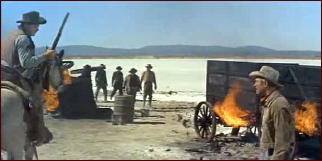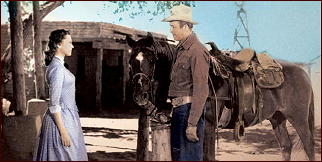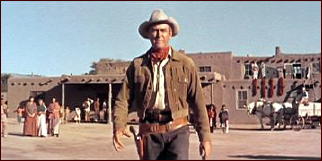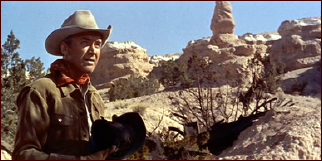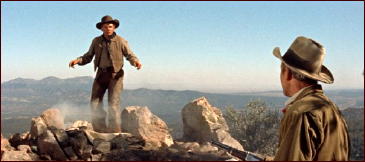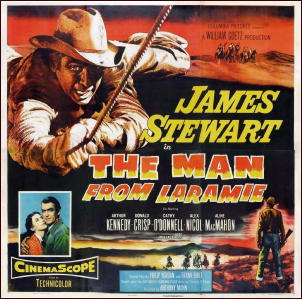Fri 25 Mar 2016
A TV Pilot Episode Review: SPENSER: FOR HIRE “Promised Land” (1985).
Posted by Steve under Reviews , TV mysteries[3] Comments
“PROMISED LAND.” The pilot episode of Spenser: For Hire. ABC-TV. Season 1, Episode 1. 20 September 1985. Robert Urich, Barbara Stock, Avery Brooks, Geoffrey Lewis, Donna Mitchell, Ron McLarty, Ruth Britt, Richard Jaeckel, Chuck Connors. Based on the novel by Robert B. Parker. Director: Lee H. Katzin.
The fourth of the Spenser novels, Promised Land was published in 1976, and was awarded an Edgar for best novel by the Mystery Writers of America in 1977. Fans of the series will also know that this is the book that introduced Spenser’s friend Hawk to the series, although for a while we do not know at the beginning whether he is a friend or not.
It has been a while since I read the book, some 38 years, and while I don’t remember the details of the printed version, I think this two-hour TV movie version (before the commercials were deleted) follows the story line fairly well.
To wit: Spenser is hired by a real estate developer to find his wife, who after 20 years has left him to find herself. A lot of women were doing that back in 1976. Unfortunately her two new friends are not only interested in women’s liberation, they are also in robbing banks and using the money to buy guns for South American revolutionaries.
Also unfortunately the real estate broker has a gunman named Hawk on his trail. It seems he owes a lot of money to a crime kingpin named King Powers (Chuck Connors), and somewhat coincidentally Spenser, the tough PI from Boston, has had a brief run-in with Powers in recent days.
And that about sums it up. Robert Urich as Spenser is tough enough to play the part and also soft enough, but to my mind’s eye, he doesn’t look the part. I happen to think that Spenser looks like his creator, Robert B. Parker in his younger days, in exactly the same way that Mickey Spillane was the perfect person to play Mike Hammer.
At first Barbara Stock looked maybe five years too young to play Susan Silverman, but by the movie’s end, as she semi-rejects Spenser’s offer of marriage, she had at least started to convince me. Perfectly cast, however, is Avery Brooks as Hawk. He was so good, in fact, that when the primary Spenser series ended in 1988, Brooks was cast as the leading character in another series in 1989 called A Man Called Hawk. (It didn’t last long, however, only 13 episodes.)
There is a lot of pop psychology that is at the root of this movie, which I am not saying is a bad thing, but it is something you should be aware of if pop psychology is not your thing. The series was filmed on location in Boston, and with real snow on the ground. There are also a lot of close-ups, which occur at regular intervals when certain conversations are deemed more important than others.
But there is plenty of action, too. My favorite line, though, comes when the wife of Spenser’s client asks him, after she has been rebuffed after making what are called in the vernacular “romantic advances.” She looks at his shelf of books and asks, Have you read all of these?
His reply: Yeah, and boy are my lips tired.
